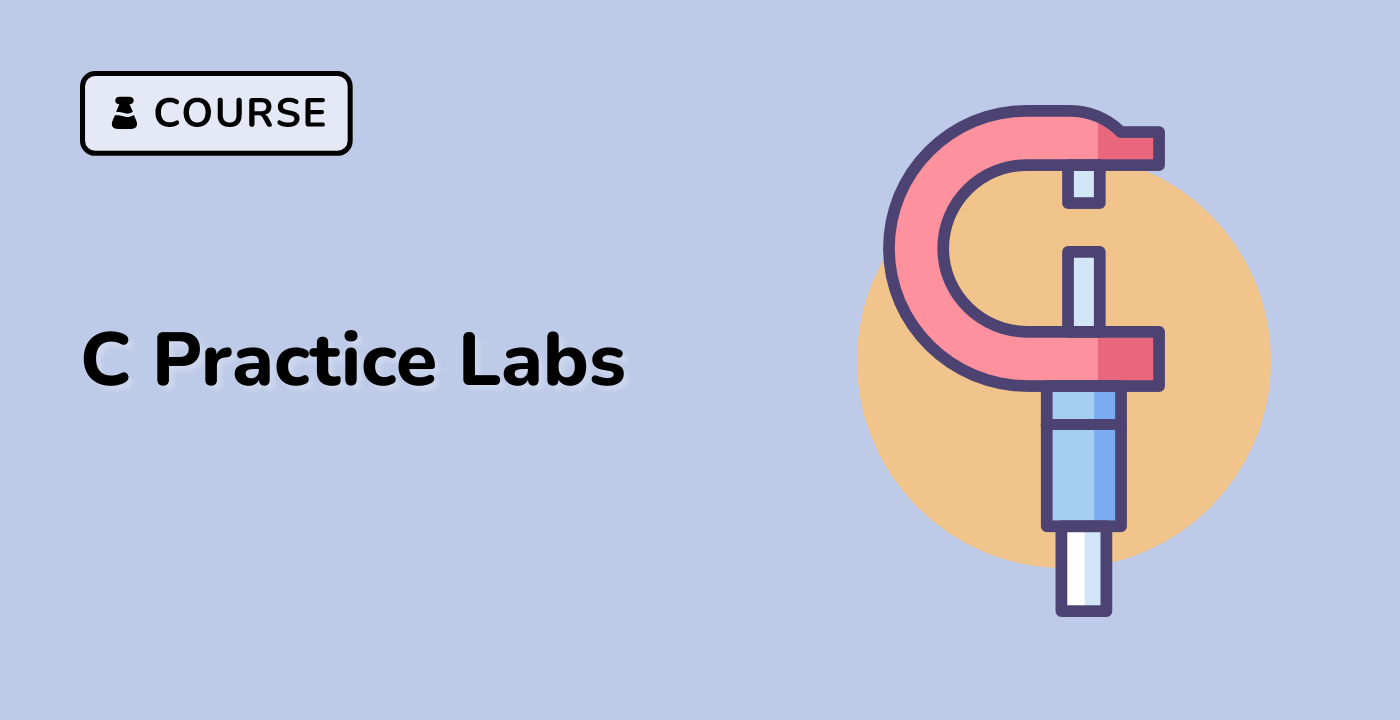Input processing in C requires sophisticated techniques beyond basic reading methods. This section explores advanced input manipulation strategies.
graph TD
A[Input Source] --> B[Input Validation]
B --> C[Data Transformation]
C --> D[Error Handling]
D --> E[Data Storage]
| Technique |
Purpose |
Complexity |
| Dynamic Memory Input |
Flexible Buffer Allocation |
High |
| Input Tokenization |
Parsing Complex Strings |
Medium |
| Stream Redirection |
Alternative Input Sources |
Medium |
| Signal-Based Input |
Interrupt-Driven Reading |
High |
#include <stdio.h>
#include <stdlib.h>
#include <string.h>
char* dynamic_input() {
char* buffer = NULL;
size_t bufsize = 0;
ssize_t input_length;
input_length = getline(&buffer, &bufsize, stdin);
if (input_length == -1) {
free(buffer);
return NULL;
}
// Remove trailing newline
buffer[strcspn(buffer, "\n")] = 0;
return buffer;
}
int main() {
char* user_input;
printf("Enter a dynamic string: ");
user_input = dynamic_input();
if (user_input) {
printf("You entered: %s\n", user_input);
free(user_input);
}
return 0;
}
#include <stdio.h>
#include <string.h>
void parse_complex_input(char* input) {
char* token;
char* delimiter = ",";
token = strtok(input, delimiter);
while (token != NULL) {
printf("Token: %s\n", token);
token = strtok(NULL, delimiter);
}
}
int main() {
char input[100] = "apple,banana,cherry,date";
parse_complex_input(input);
return 0;
}
Stream Redirection Methods
#include <stdio.h>
int process_input_file(const char* filename) {
FILE* file = fopen(filename, "r");
if (!file) {
perror("File open error");
return -1;
}
char buffer[256];
while (fgets(buffer, sizeof(buffer), file)) {
printf("Read: %s", buffer);
}
fclose(file);
return 0;
}
int main() {
process_input_file("input.txt");
return 0;
}
- Check input length
- Validate data type
- Sanitize input
- Handle unexpected inputs
- Use efficient memory allocation
- Minimize unnecessary copies
- Implement robust error handling
- Choose appropriate input methods
#include <signal.h>
#include <stdio.h>
#include <setjmp.h>
static jmp_buf jump_buffer;
void interrupt_handler(int signal) {
printf("\nInterrupt received. Resetting input.\n");
longjmp(jump_buffer, 1);
}
int main() {
signal(SIGINT, interrupt_handler);
if (setjmp(jump_buffer) == 0) {
// Normal execution
printf("Enter input (Ctrl+C to interrupt): ");
// Input processing logic
}
return 0;
}
Note: At LabEx, we encourage exploring these advanced input techniques to enhance your C programming skills.




